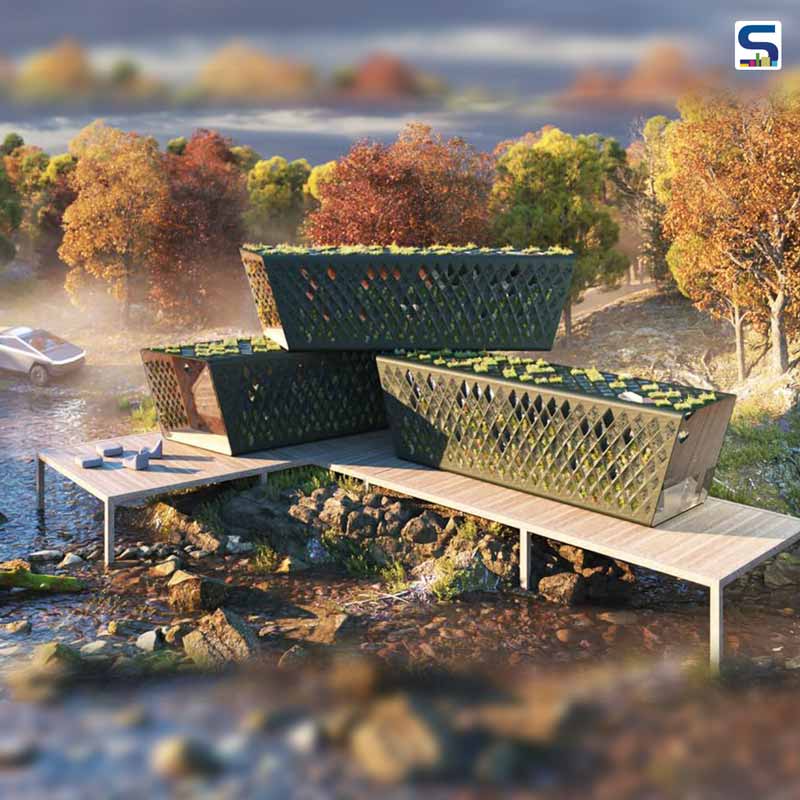
The global uncertainty created by COVID-19 pandemic has changed the lives of people in many ways. 3D printing emerged as a boom during this time that was being used to tackle the challenges posed by the pandemic, ranging from PPE kits to emergency shelter to isolate patients. In addition, this outbreak has also brought with it innovative revelations that will help to overcome the issues. The new normal brings new changes in the way we perceive life and environment. Our appreciation of nature, outdoor space and a renewed value of personal health and wellbeing, help to speed up new innovations in sustainable living. This 3D printed bio home by Oliver Thomas and Amey Kandalgaonkar aims to adopt a few of the revelations we learnt from the COVID situation while also considering the issues that we might come across in the near future.
Also Read: First 3D-Printed Building in India, Made Using Local Building Materials
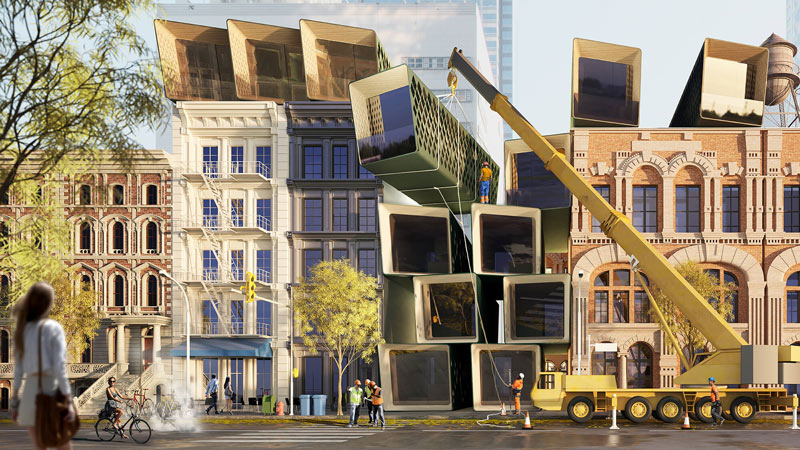
Henry Ford’s hemp car: The Inspiration
Designed by Oliver Thomas and Amey Kandalgaonkar in collaboration, THE CTRL + P HOME is a 3D printed Bio-Home for a post covid era.
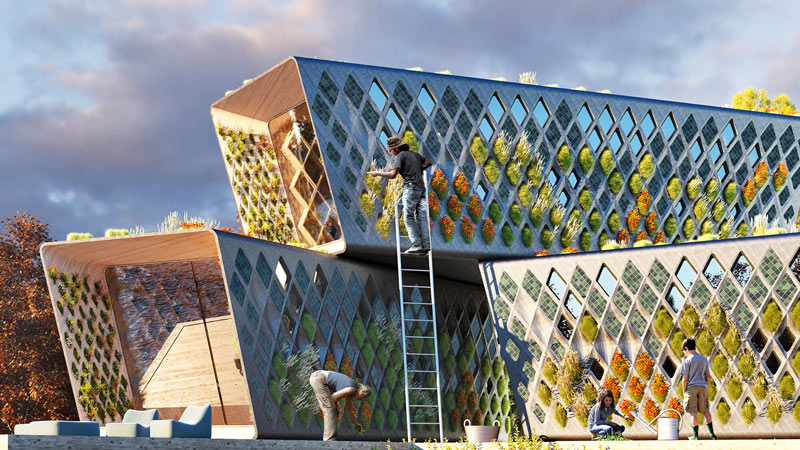 The architects took cues by Henry Ford’s hemp car that was constructed and fueled by hemp to design this home. Hemp is said to be 10 times stronger than steel and is 100 percent sustainable.
The architects took cues by Henry Ford’s hemp car that was constructed and fueled by hemp to design this home. Hemp is said to be 10 times stronger than steel and is 100 percent sustainable.
Combination of Hemp and 3D Printing
The architects used 3D printed hemp plastics to fabricate this 3D home.
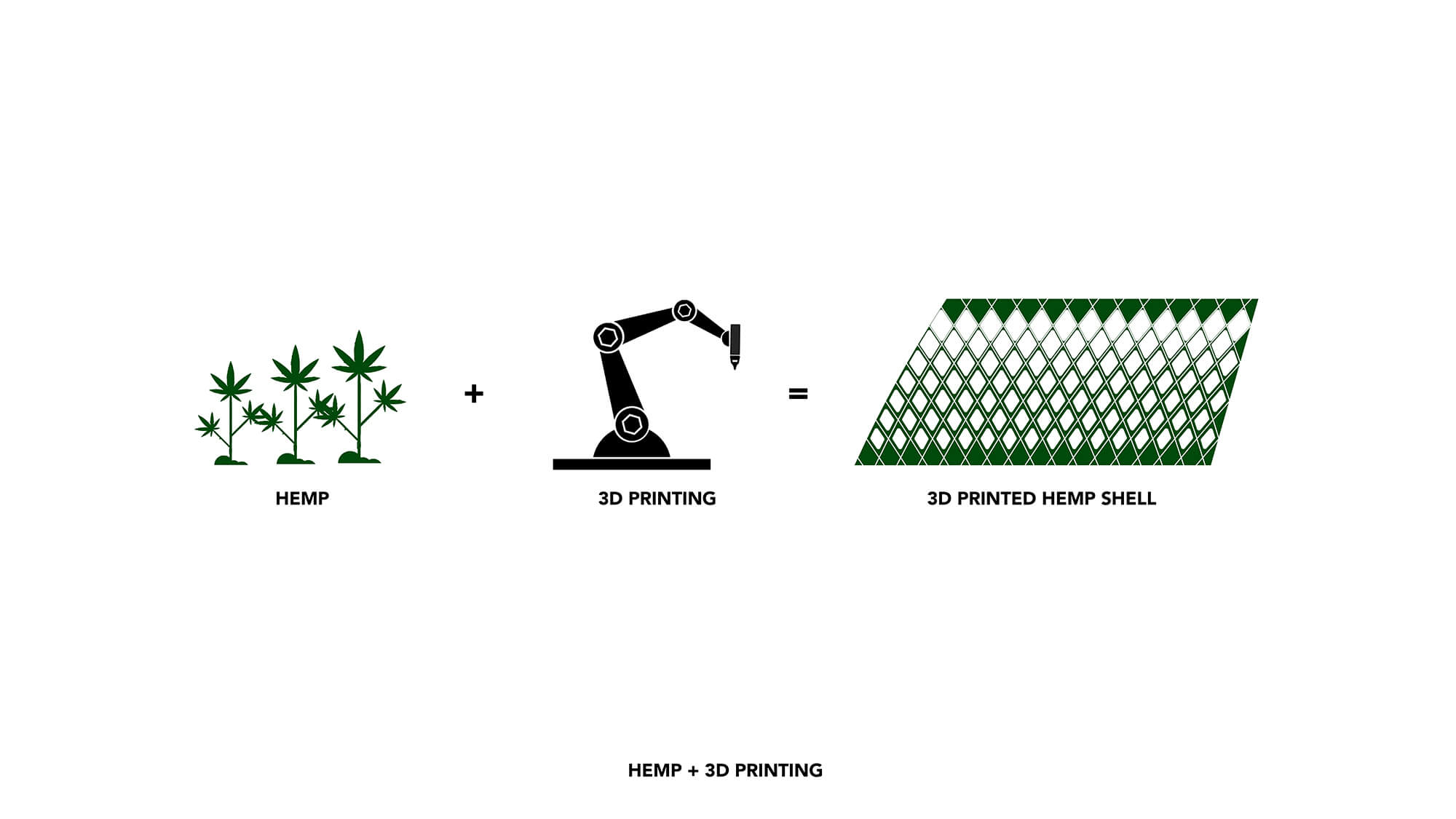 The combination of the old manufacturing material ‘Hemp’ with new emerging fabrication methodologies ‘3D printing’ results in a micro bio home.
The combination of the old manufacturing material ‘Hemp’ with new emerging fabrication methodologies ‘3D printing’ results in a micro bio home.
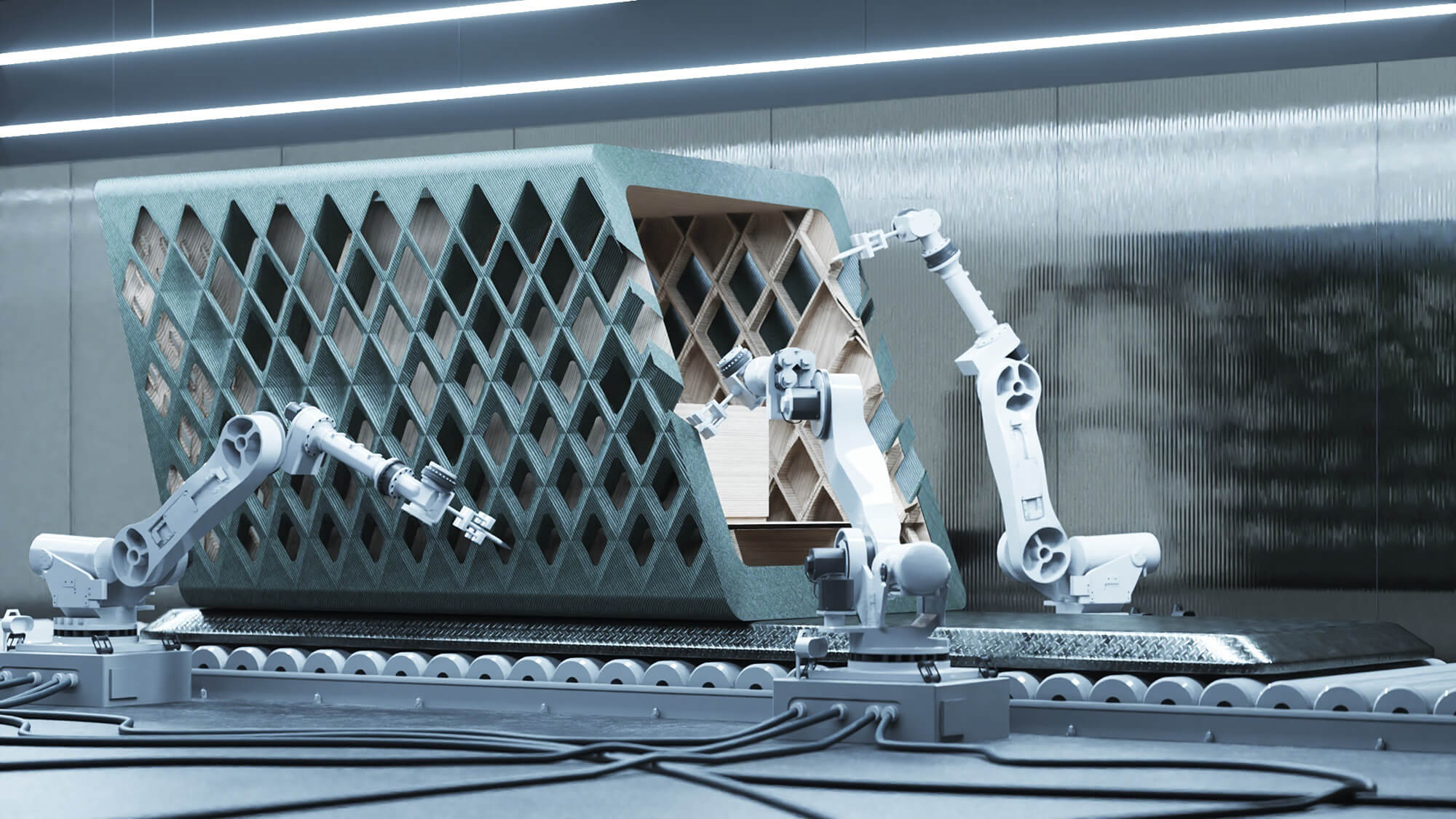
The hemp is a 100 percent bio based material to build sustainable homes.
Mobile, Sustainable and Affordable
The CTRL + P home is a mobile, sustainable and affordable housing unit. The architects can take advantage of the empty plots in the cities, unused space on the terrace, and even the vacant areas in the remote rural areas to create such shelters.
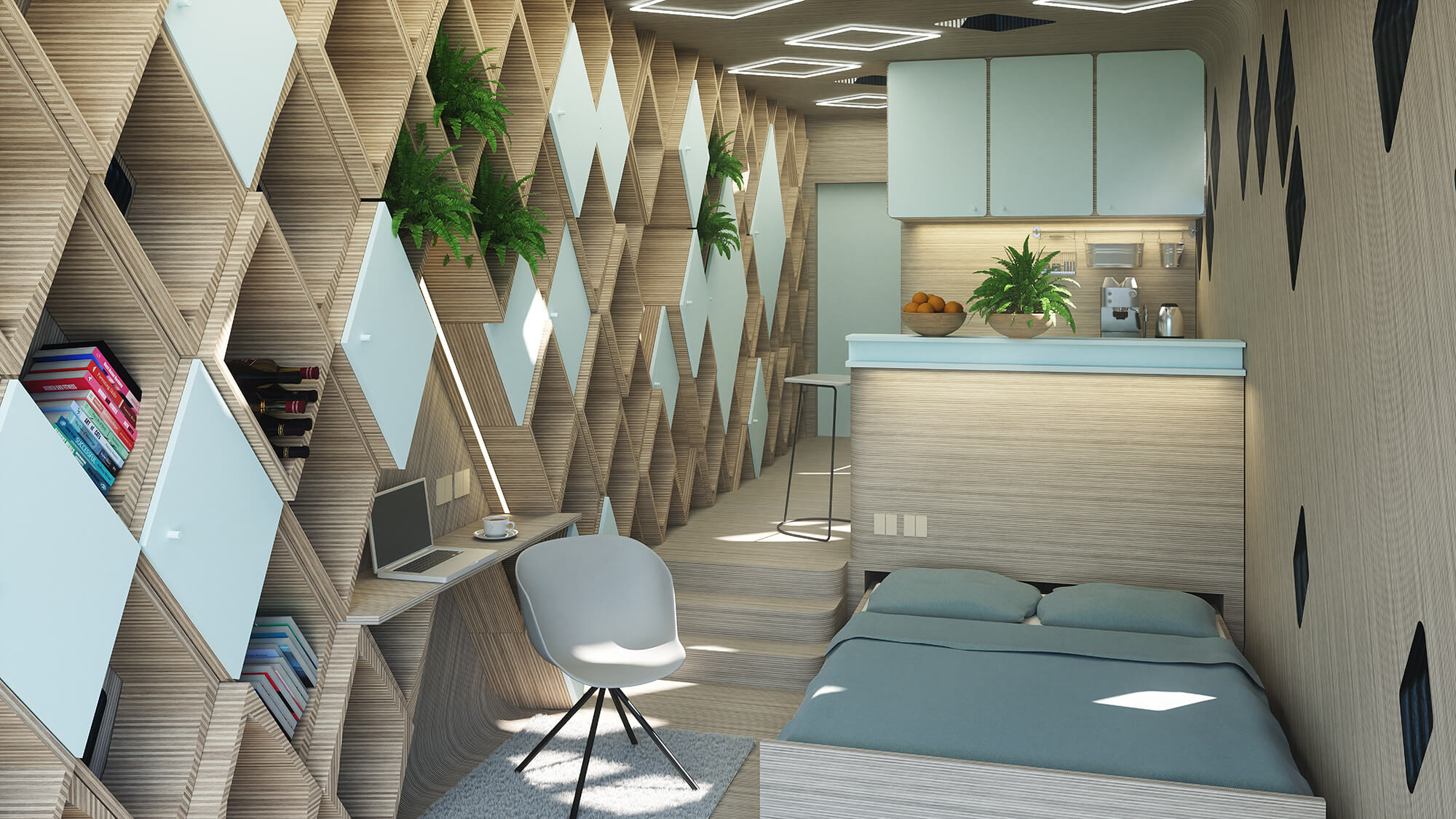 These 3D homes are quick, affordable and accessible to anyone who is in need.
These 3D homes are quick, affordable and accessible to anyone who is in need.
Also Read: 7 Popular 3D Modelling Software in Architecture | Surfaces Reporter
Supports Off Grid Living
The bio micro home uses natural resources to allow off grid living. The beautiful aspect of 3D printed bio houses is the outer shell of it acts as both the basic structure as well as the mechanism that contains rain water harvesting, solar energy collection and area to grow and cultivate your own food.
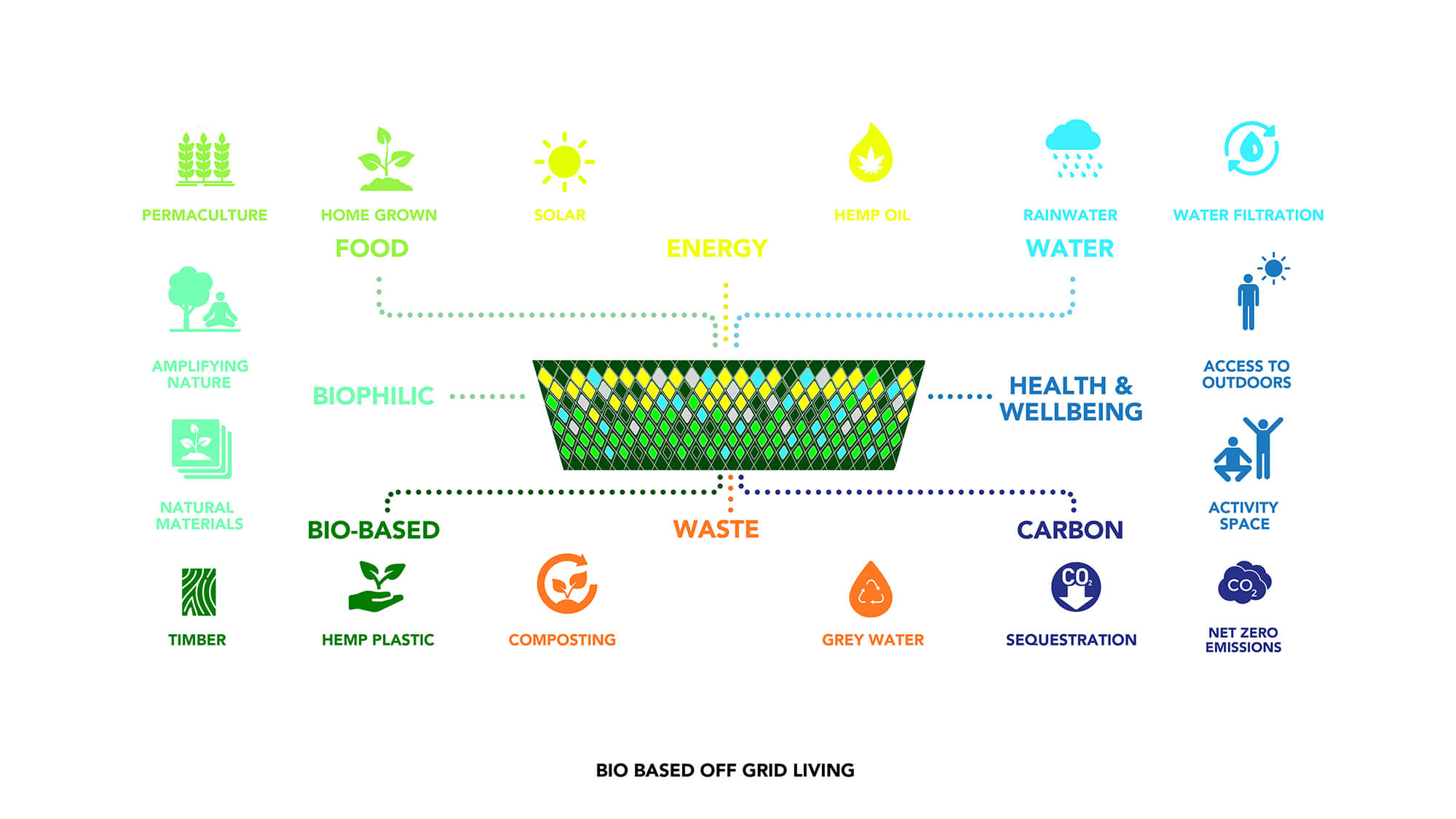
Moreover, it is adaptable, which means it can be taken and positioned anywhere in the world.
Encourage Compact, Efficient and Flexible Living
As we are moving into a new era of working from home, this kind of micro home encourages compact, efficient and flexible living.
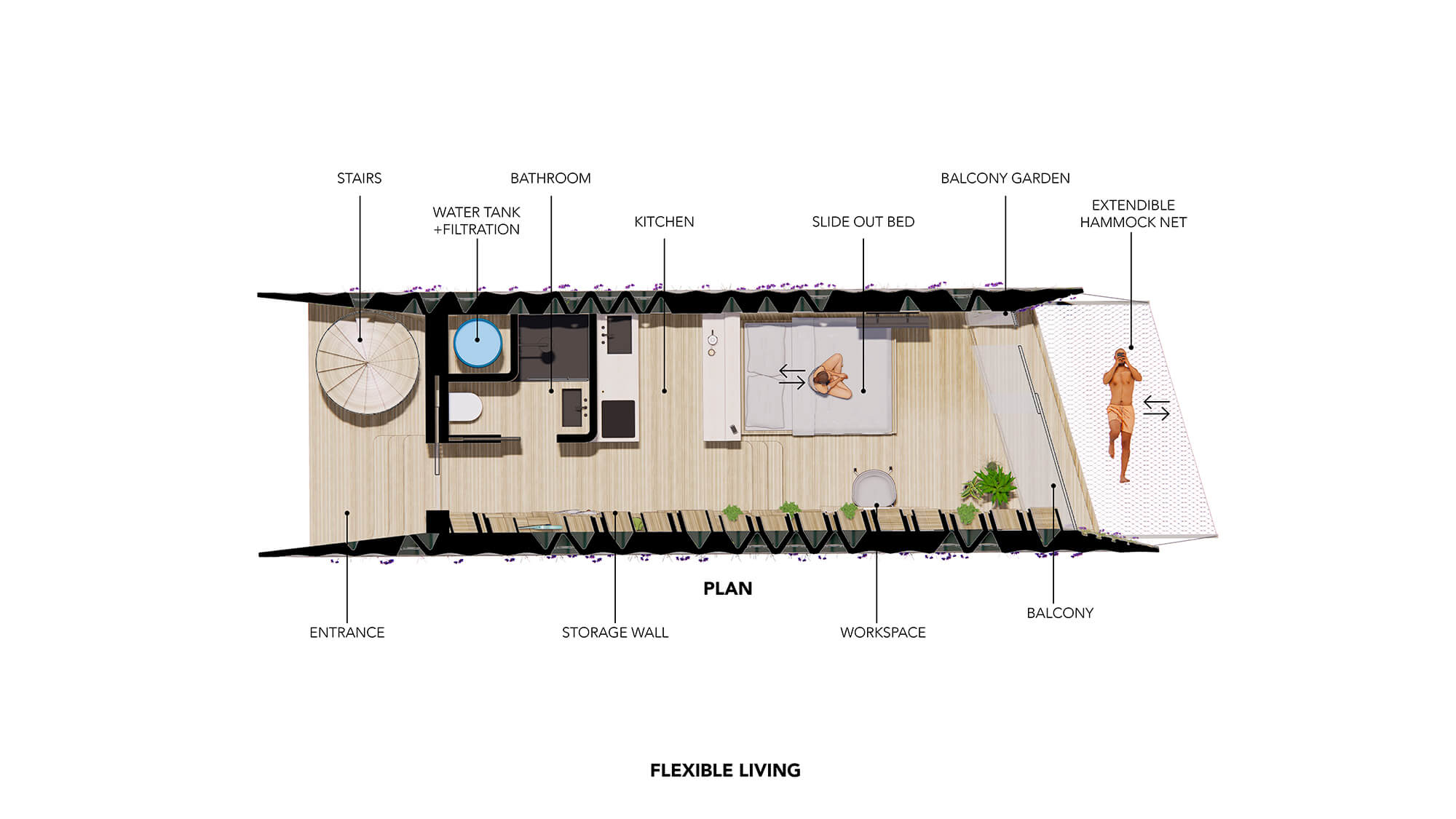 It focuses on creating modern necessities like a large kitchen, workspaces, vast amounts of storage and integrated movable furniture, with programs that promote sustainable and healthy living such as domestic food production areas, a private balcony and workout space.
It focuses on creating modern necessities like a large kitchen, workspaces, vast amounts of storage and integrated movable furniture, with programs that promote sustainable and healthy living such as domestic food production areas, a private balcony and workout space.
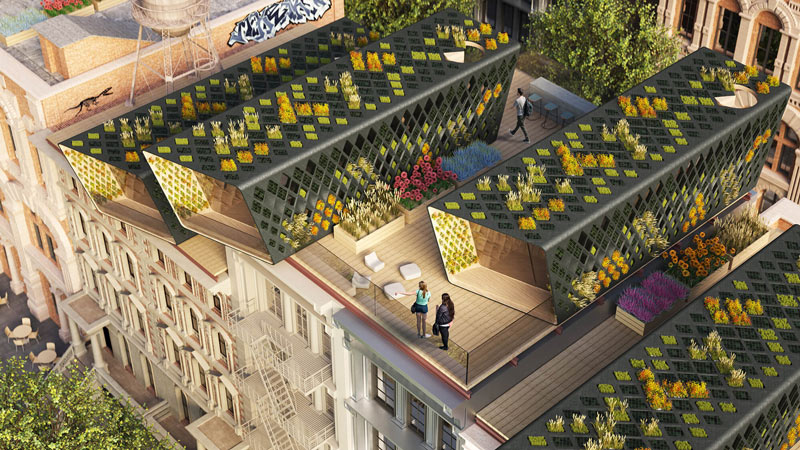
Promote Health and WellBeing
The innovative CTRL+P Home utilizes nature to produce both electricity and to increase the health and wellbeing of its dwellers.
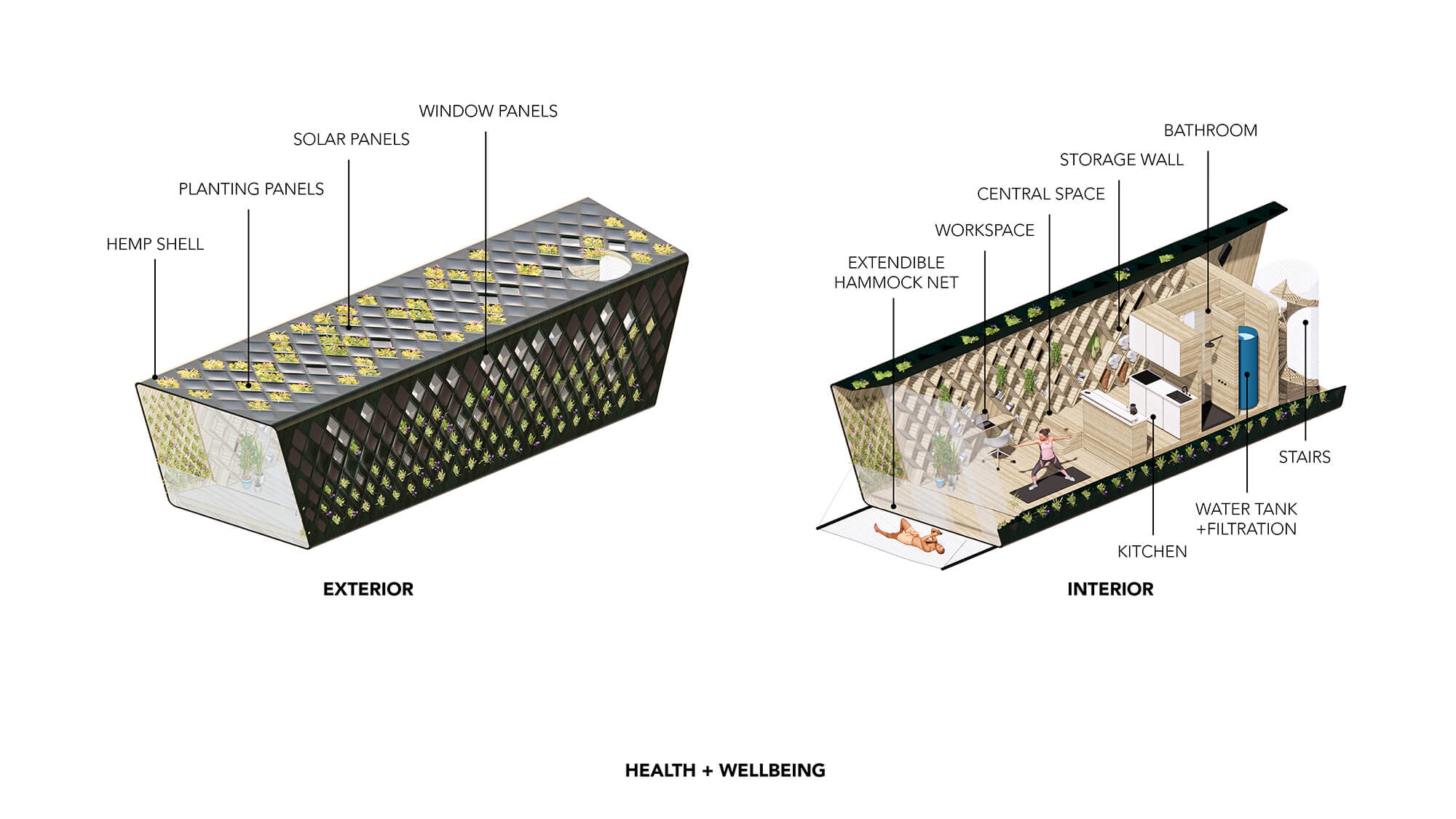 The use of natural materials and biophilic design principles have already proven to foster the immune system along with improving overall physical and mental health.
The use of natural materials and biophilic design principles have already proven to foster the immune system along with improving overall physical and mental health.
*Info and image Courtesy: Amazing Architecture
Visualization: Amey Kandalgaonkar
Keep reading SURFACES REPORTER for more such articles and stories.
Join us in SOCIAL MEDIA to stay updated
SR FACEBOOK | SR LINKEDIN | SR INSTAGRAM | SR YOUTUBE
Further, Subscribe to our magazine | Sign Up for the FREE Surfaces Reporter Magazine Newsletter
You may also like to read:
Is 3D Printing the Future of Manufacturing Ecosystem?
3D Printed “Arabesque Wall” with 200 Million Individual Surfaces
Lightweight Bamboo Construction and 3D-Printing Technology Used in the Making of This Pavilion by Swiss Architecture Students | ETH Zuric
A Furniture Collection Made by Recycling 3D Printed Plastic Waste | BSP
3D Printed Face Shields to Help Medicos Fight COVID-19
And more…